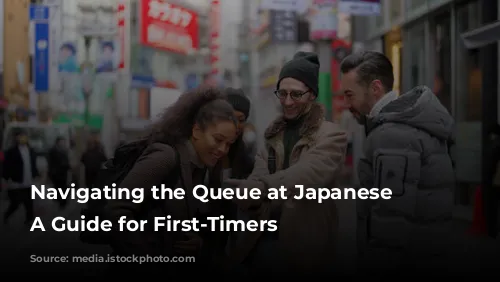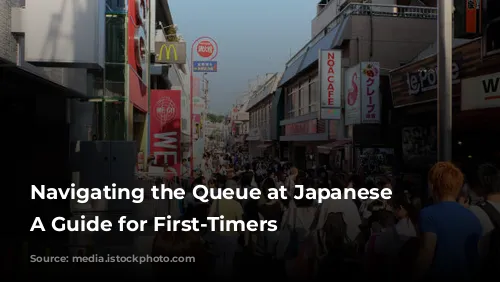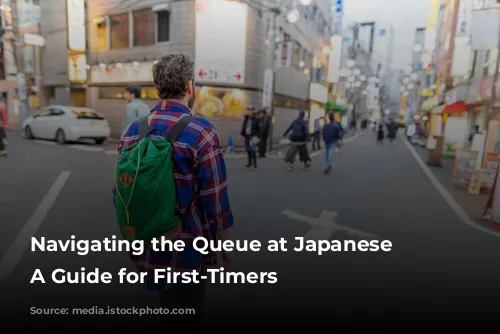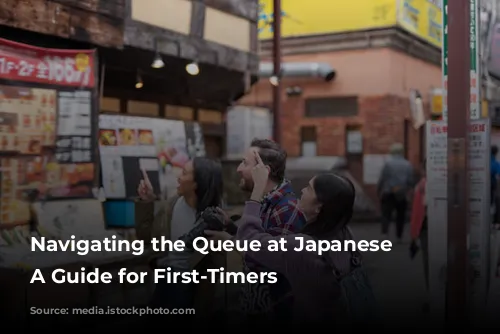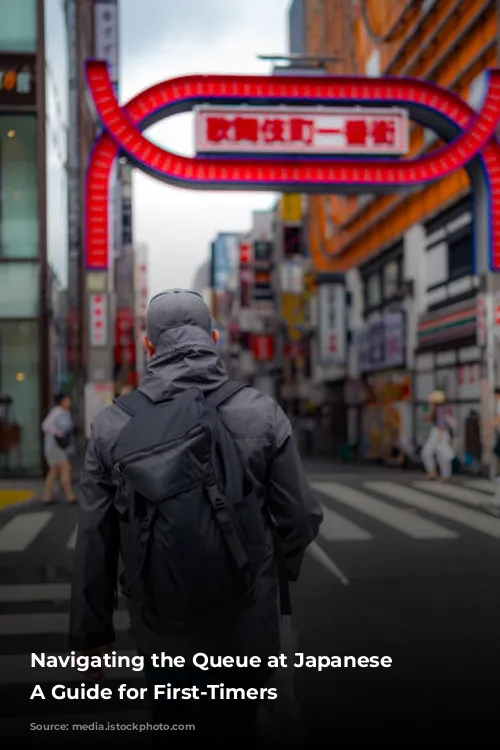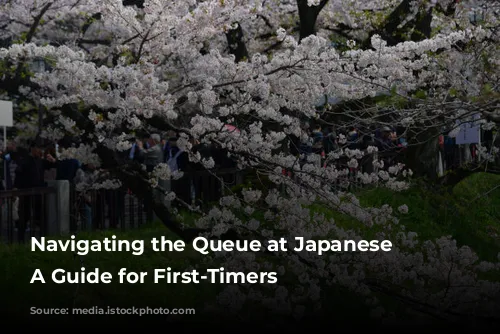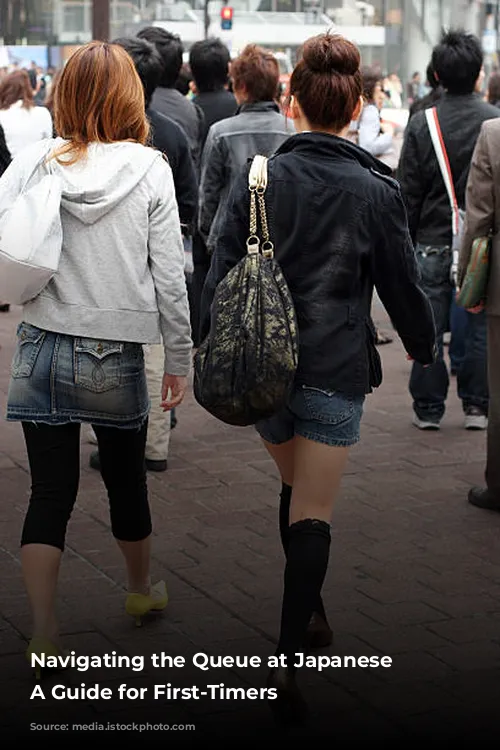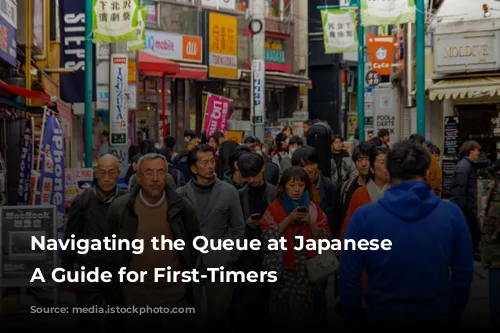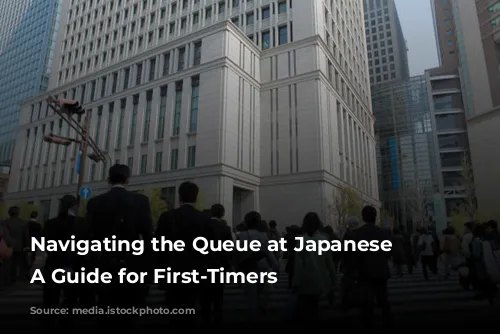Attending a concert in Japan can be an exciting experience, but understanding the queue system can be a bit confusing, especially if you are unfamiliar with Japanese concert culture. This article will shed light on the ins and outs of Japanese concert queues, offering valuable tips and advice to help you enjoy the show without missing a beat.
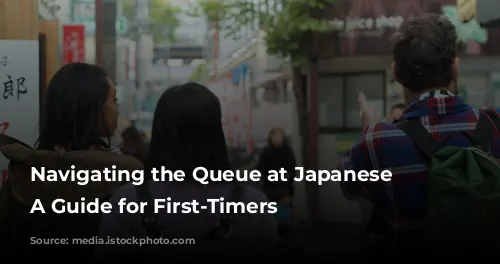
Queueing Basics
Don’t worry about arriving super early to secure a good spot. At most venues, the order of entry is determined by the reference number printed on your ticket, not by when you arrive. You are expected to join the queue about 30 minutes before the doors open, and after an announcement, you’ll be asked to stay in your spot until the queue starts moving.
This system is designed to ensure everyone enters the venue efficiently. It’s worth noting that if you are keen on getting rare merchandise, it’s wise to show up earlier, as the merchandise queue is typically separate from the concert queue.
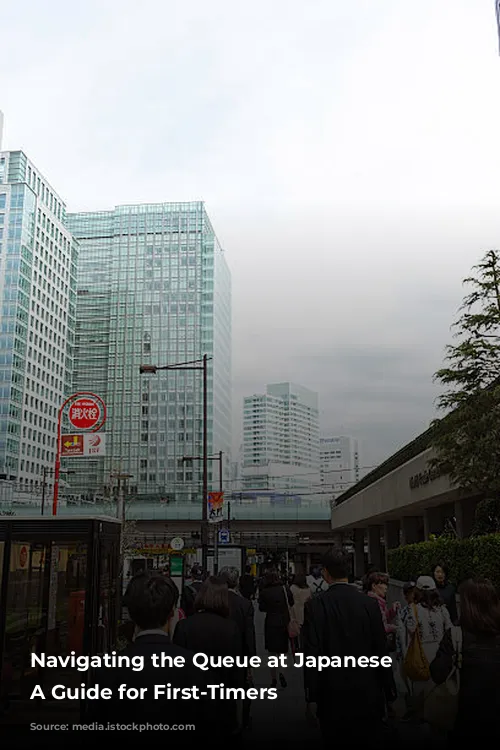
Understanding Your Ticket Number
Your reference number is a unique identifier that dictates your entrance order. It’s usually printed on the lower part of your ticket and labeled in Japanese as “整理番号” (seiri bangou). For example, a number like “BR58” would mean you are in the B block, right-hand side, and the 58th person in that section to enter.
Venue staff will call out numbers in Japanese upon entrance, so it’s helpful to be aware of your number and how it is announced. If you can’t understand the announcements, try to find people around you with similar numbers who can assist you.
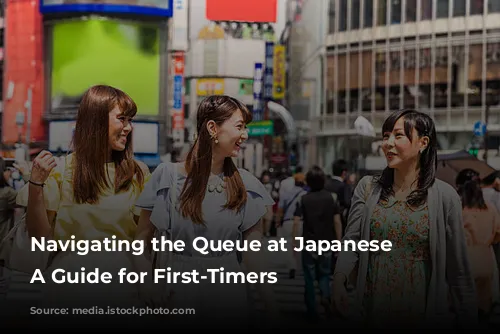
Venue-Specific Information
The rules and procedures for queuing can vary slightly depending on the venue. It’s a good idea to research the specific venue online beforehand. Often, the venue’s website will provide information on their ticketing system, including the entrance process.
For example, at venues like Zepp, they often use a block-based system, calling out groups of numbers at a time. Be prepared to hear announcements like “gojuuban kara rokujuuban no kata! (those between 50 and 60!)”
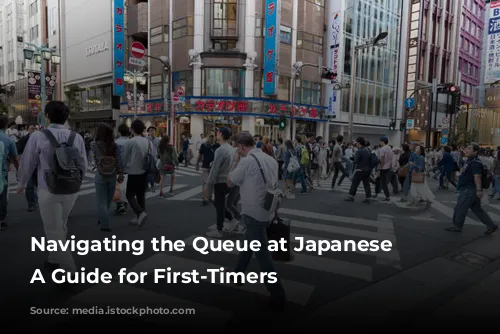
Tips for a Smooth Concert Experience
Here are some additional tips to make your concert experience more enjoyable:
- Arrive around 30 minutes before the doors open. You’ll have enough time to join the queue and get ready.
- Be friendly and ask for help if needed. Many fans are happy to assist if you’re struggling with the language or queue system.
- Consider getting a locker to store your belongings. Lockers are often available at venues for a small fee, and can save you time and hassle.
- Be aware of the merchandise queue. If you want to purchase souvenirs, it’s best to arrive early.
- Enjoy the experience! Even if you don’t get the front row spot, a concert is a chance to connect with fellow fans and enjoy the music.
Remember, your concert experience is ultimately up to you. By being prepared and following these tips, you can increase your chances of having a memorable and enjoyable time at your next Japanese concert.
